Imagine if you could ask a machine to generate new content. An intriguing piece of text, a mesmerizing image, or perhaps a catchy jingle? Not just copies of existing stuff but unique, creative, and novel creations. Sounds like a far-fetched novel? It's not. Welcome to the world of generative AI!
Smack in the middle of this magic trick lies a duo - the generator and the discriminator. Picture an art contest where one's creating masterpieces while the other's critiquing them. Intriguing, isn't it? That's the basic premise of how generative AI works.
You'd wonder, what's my role in this tug-of-war? It's like being in an artist’s shoes, choosing the right paintbrush. There's a range of generative AI frameworks at your disposal, each boasting unique strengths. The key is picking the one that fits your canvas.
What's more exciting are the endless possibilities! From creating digital art to simulating virtual 3D models, generative AI applications are revolutionizing industries.
But first, let's get you comfortable with the nuts and bolts, shall we? Grab your coding gears, and let's dive in!
Overview of Generative AI Frameworks
Generative AI frameworks are the base to create amazing AI applications that you probably heard about. With the right tools, you can make your ideas come to life.
In this section, we'll go through the most popular generative AI frameworks and provide a simple explanation of each. Let's dive in.
1. TensorFlow
If we're talking generative AI frameworks, TensorFlow is the top dog. It's an open-source tool created by Google, and it's perfect to build and train machine learning models.
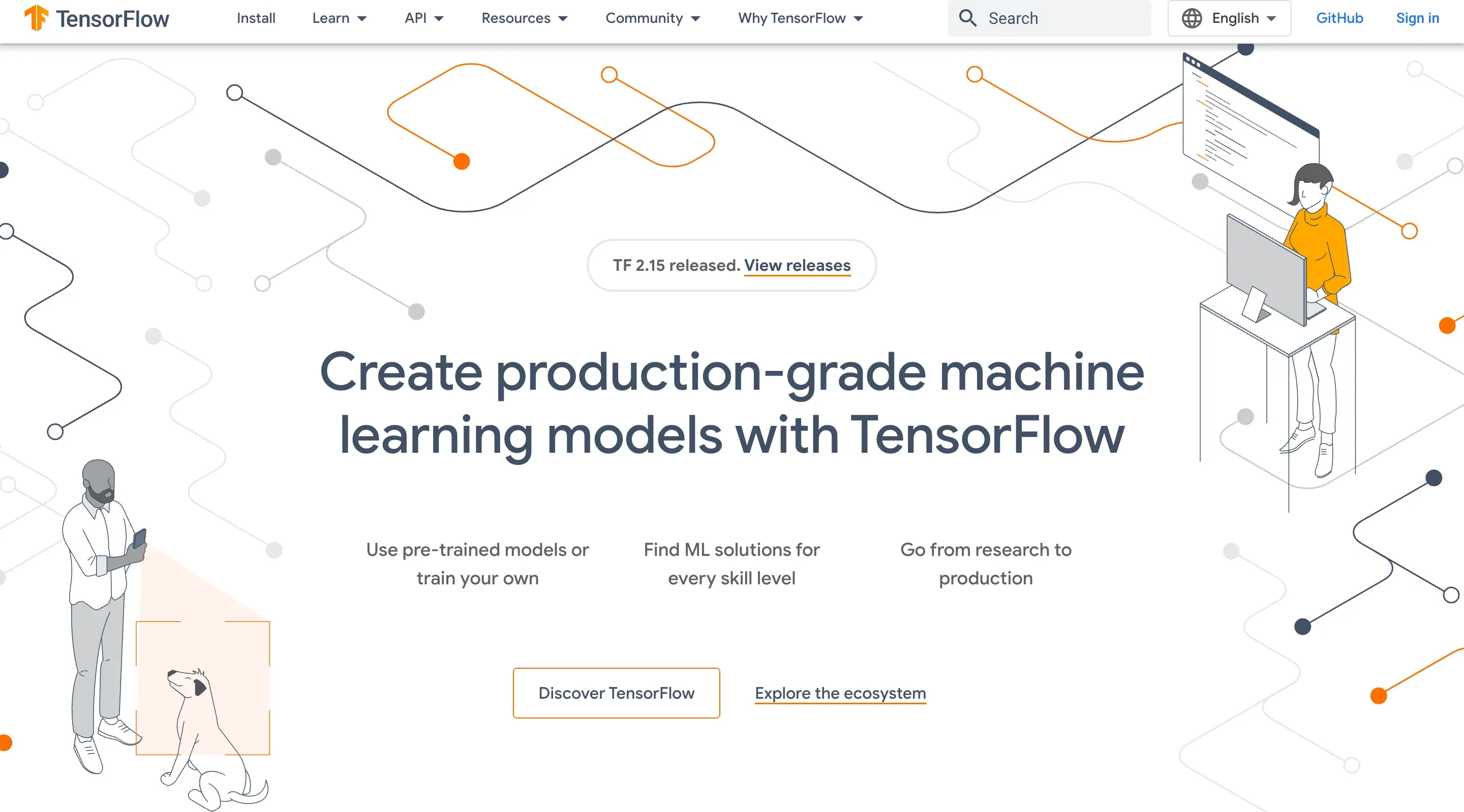
From image synthesis to generative art, TensorFlow has got your back. It's widely used among generative AI companies, making it a pretty reliable choice.
2. PyTorch
Next on the list is PyTorch. This one is from Facebook, and it's another open-source tool.
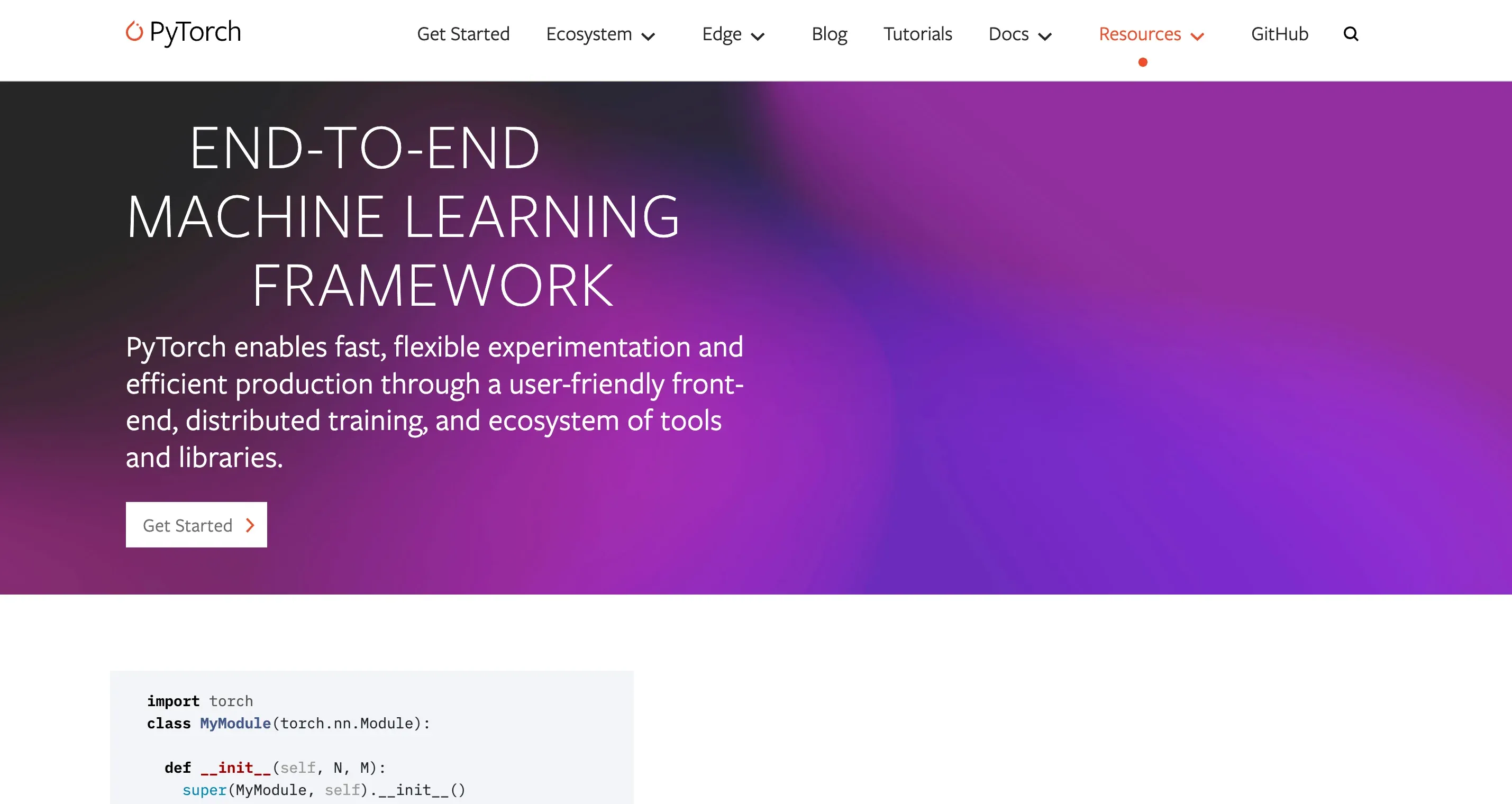
PyTorch is all about flexibility and speed, which makes it perfect for research purposes and various generative AI use cases. With a thriving community, you'll always find support if you need it.
3. Keras
Keras is yet another open-source generative AI framework, and it's super easy to use. This one runs on top of TensorFlow and focuses on a user-friendly interface.
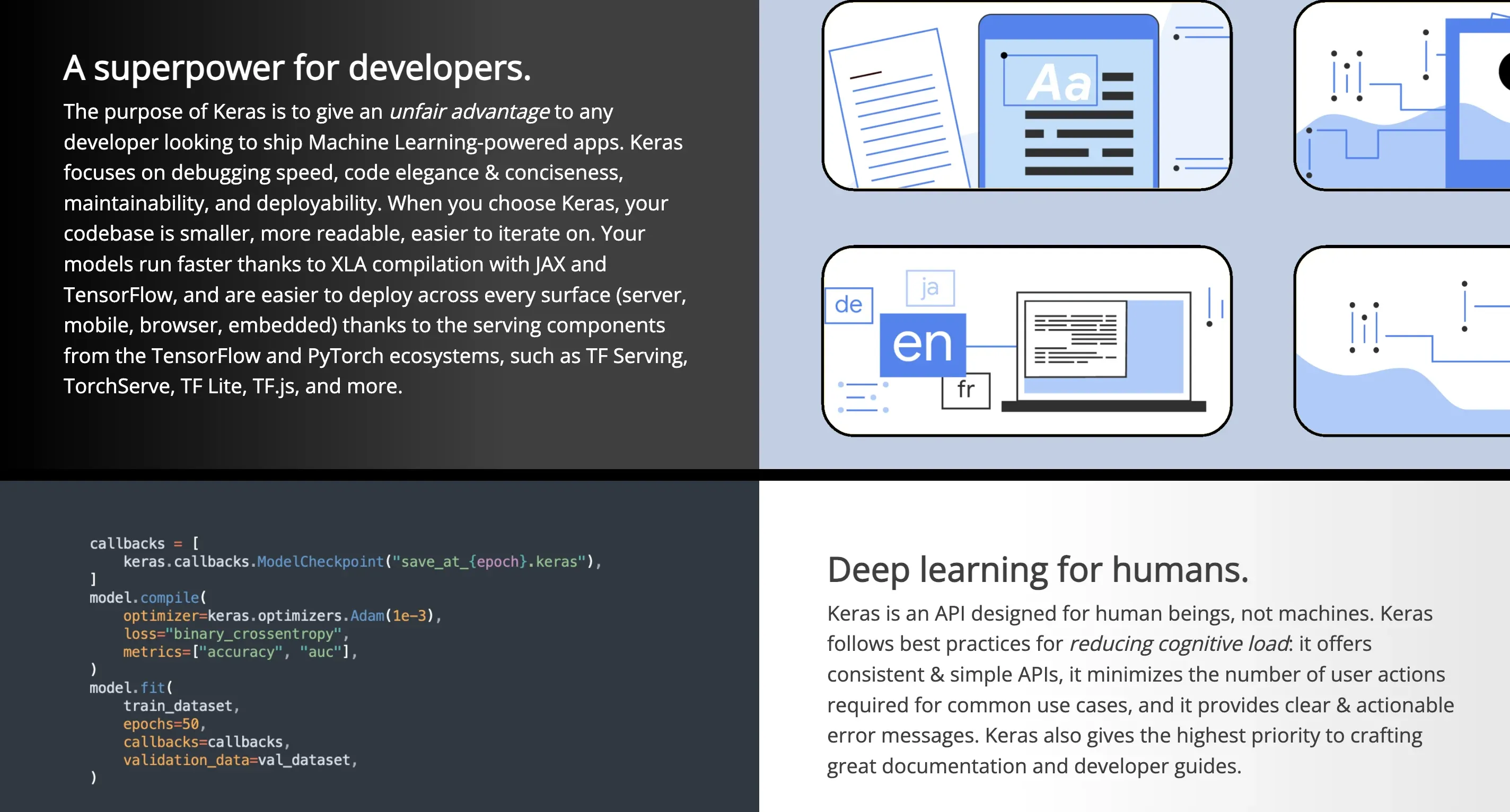
If you're new to generative AI applications, Keras is an excellent choice to get started.
4. Caffe
Have you heard of Caffe? It's from Berkeley AI Research and has been around for a while. While its primary focus is on computer vision applications, some generative AI tools benefit from using it.
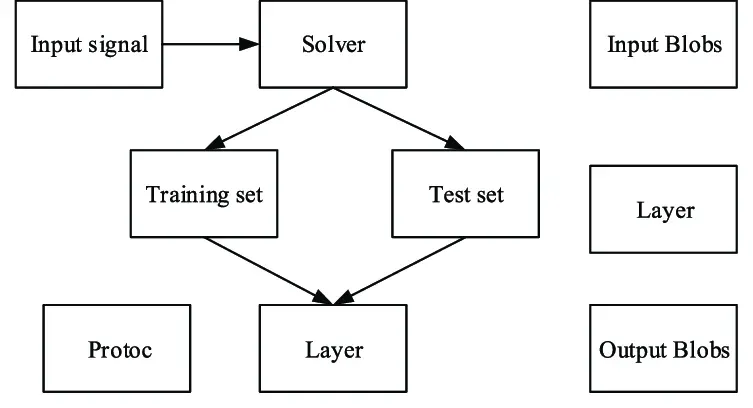
Although it might not be as popular as TensorFlow or PyTorch, Caffe can come in handy for certain generative AI projects.
5. Theano
Last but not least is Theano. It's an older framework compared to its younger siblings, but it still has its place in the generative AI world. It was developed by Montreal Institute for Learning Algorithms, and its main focus is on numerical computations.
But, it's versatile enough to be part of some generative AI applications.

So, how does generative AI work? The key is in choosing the right framework and using it effectively. Each of these options has its own strengths and weaknesses, and the best choice depends on your specific needs.
Now that we have an overview of generative AI frameworks, let's remember that it's essential to understand their applications. With these tools, you can unlock a variety of use cases, such as text generation, music composition, image synthesis, even video creation and data augmentation. That's why they're popular among generative AI companies.
Keep in mind that this is just an introduction to generative AI framework options. There are more options out there, but these are the ones that are tried and tested by generative AI companies and researchers.
As the world of AI keeps growing, it's essential to stay up-to-date with these tools and their new applications. Moreover, choose the framework that best suits your purpose, and don't forget to have fun exploring the world of generative AI.
How Does Generative AI Work?
So, you're wondering, how does generative AI work? You're in the right place. Generative AI isn't too complicated once you understand the basics. Let's clear it up.
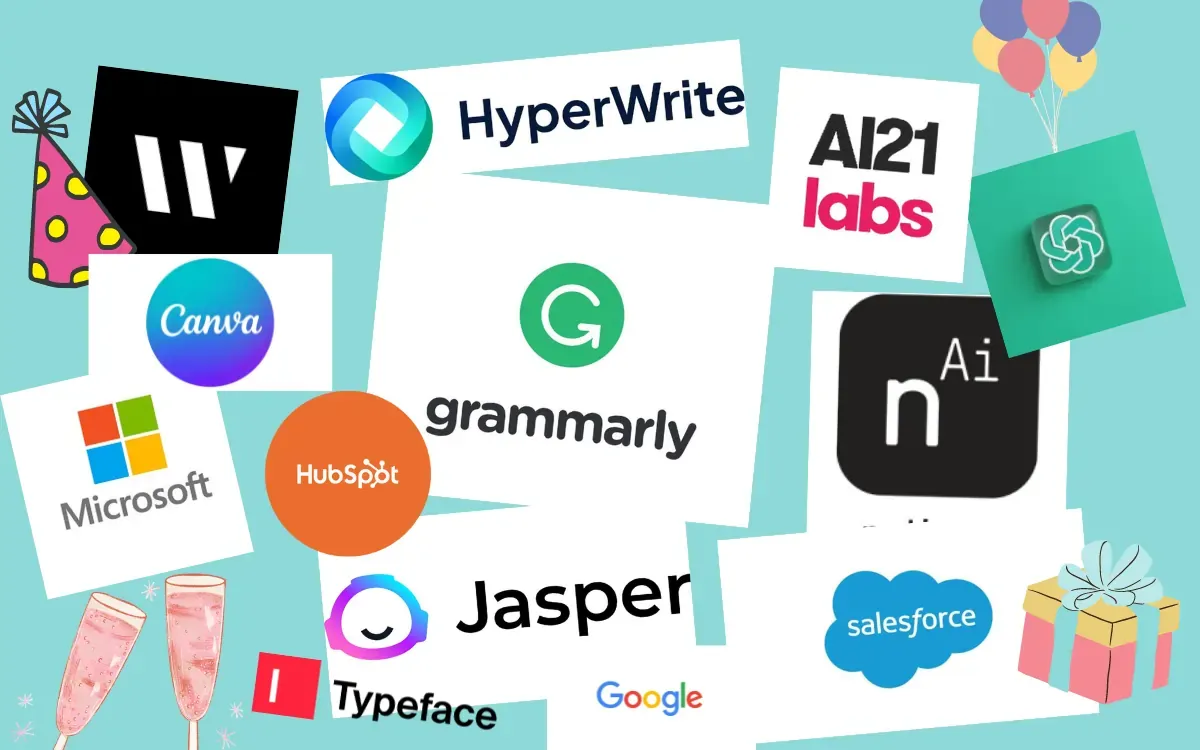
Generative AI is a tech whiz kid that's all about creating new content, like images, music, text, and even videos. This magic trick is possible thanks to a pair of neural networks: a generator, and a discriminator.
Let's picture it. The generator is the artist, creating work from random noise. It starts with a jumble of info, and shapes it into something tidy and useful. Its best friends are generative AI frameworks, those we talked about earlier.
Then steps in the discriminator, the art critic. It looks at the generator's work and real samples, trying to tell which is which. It's like a taste-test between real coffee and instant. The goal is to have the generator get so good; the discriminator can't tell the difference.
With each round, the generator gets better, thanks to the feedback from the discriminator. Over time, this back-and-forth helps generative AI applications produce impressively realistic results.
Generative AI tools in the right hands offer exciting possibilities, like creating new designs, enhancing data sets, or even generating human-like text. And that's why the tech world and generative AI companies are buzzing over it.
Remember, generative AI use cases are limited only by imagination. So, grab your generative AI framework of choice, and get creative!
Comparing Generative AI Frameworks
Choosing the right framework is a critical part of your journey in generative AI. Generative AI frameworks are unique and have their own pros and cons, that's why it's essential to pick the one that fits your needs best.
Think of generative AI frameworks as the paintbrushes of an artist. Different types of brushes give different strokes, right? Similarly, each framework gives unique results and performs best under certain conditions.
Picking your starting point can feel a bit like standing at the crossroads. Yet, understanding the differences and similarities of the top generative AI frameworks will make your decision a lot easier. Let's put them head-to-head in a comparison table.
Generative AI Frameworks | Top Features | Strengths | Weaknesses |
| TensorFlow | High modularity, large community, and comprehensive libraries | Highly flexible and scalable, perfect for large-scale applications | It may feel a bit complex, especially for newcomers |
| PyTorch | Strong debugging capabilities and dynamic computation graph | Super friendly for researchers. It allows for fast prototyping and iterations | The community is slightly smaller when compared to TensorFlow |
| Keras | User-friendly, modularity, and easy to extend | Great for beginners. It's really easy to understand and use | It may not be the best for advanced projects owing to slightly less flexibility |
| Caffe | Specializes in speed and efficiency | Perfect for image recognition tasks due to its speed | The usages are a bit limited if we compare it with others, and it can feel challenging to learn |
| Theano | Emphasizes efficiency and reliability | Performs well in handling complex mathematical operations | Its development has ceased, and it may feel a bit ancient when compared to newer frameworks |
In view of the comparison, it's clear that these generative AI tools each have their places to shine. TensorFlow stands out for large-scale deployments, while PyTorch is a darling of researchers. Keras wins hearts with its simplicity, whereas Caffe pulls ahead in speed. However, Theano, even though not under active development, is still appreciated for handling complex math.
Generally, these frameworks all offer robust functionality for generative AI applications. Knowing which one to pick depends on what you're trying to achieve. Do you value simplicity or scalability? Is speed or flexibility more important?
Generative AI companies lean towards different frameworks based on these factors. Some prefer the comprehensive feature set of TensorFlow, whereas others opt for the user-friendly nature of Keras. The choice lies in understanding the project requirements and matching them with the strengths of a particular framework.
Wrapping it up, generative AI involves working with an ever-changing landscape of frameworks. A good understanding of the top generative AI frameworks and how they can effectively cater to your generative AI use cases is a prerequisite on the path to become skilled in generative AI.
Suggested Reading:Comparing Generative AI Frameworks: Which One is Right
Generative AI Applications
You might be wondering, "Okay, but what can I really do with generative AI?" Well, here's the fun part. Generative AI applications are all about creating new stuff - it can be anything from writing text to composing melodies, from generating illustrations to creating 3D models. And with the right generative AI tools, the sky's the limit.

Generative AI use cases can revolutionize many fields. They're a game-changer in the creative industry. Think about it: AI could help artists create unique digital art, or media companies produce content faster. In science, AI can generate data to test hypotheses quickly. In marketing, imagine personalized campaigns created for each individual. Now that's power at your fingertips!
And remember, companies are just starting to explore the potential of these applications. Generative AI companies are on the hunt for fresh and exciting ways to exploit the technology. This field is continuously evolving, and who knows what amazing uses we'll see in the future? Hold on to your hats, folks. The journey of generative AI applications has just begun.
Suggested Reading:Comparing Generative AI Frameworks: Which One is Right
Conclusion
There you have it! We've taken a deep dive into how generative AI works, compared top generative AI frameworks, and explored fascinating applications and use cases. These insights should equip you to navigate generative AI like a pro.
Coding up your masterpiece using the right generative AI tools, making your mark on the generative AI world suddenly seems doable, right?
Keep in mind that the generative AI companies are paving the way, but it's innovative minds like yours that'll shape the future of this industry.
Your understanding of generative AI opens a door to a world of creativity and innovation. It's a fast-moving yet exciting era in technology. I can't wait to see what you're going to create!
Frequently Asked Questions (FAQs)
What's the difference between generative and discriminative AI?
Generative and discriminative models differ in their approach to supervised learning.
While a discriminative model learns the boundaries between classes, a generative model understands how the data was generated.
Are there any prerequisites to start with generative AI?
A basic understanding of programming concepts, probability, and deep learning is useful when starting with generative AI.
How fast can a generative AI model generate new content?
The speed at which a model generates content depends on numerous factors like the complexity of the model, the task, and the computational power available.
Can generative AI models generate content in any language?
In theory, yes. However, the models would need to be trained on large datasets in the target language to generate coherent and meaningful content.


